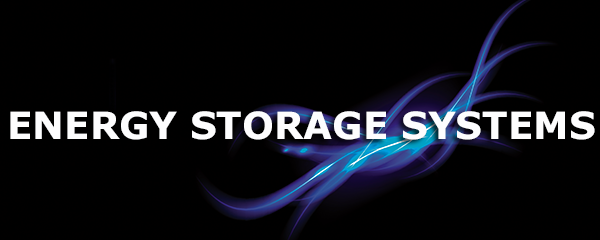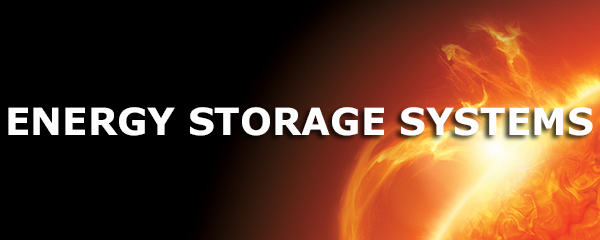Consider this, the amount of solar energy that falls on the earth’s surface every day, is equivalent to the total global energy consumption for 25 years! If we could capture even a small fraction of that, and store it to use in our homes, offices, factories, cars etc. there would be no more energy crisis, no more rapidly rising costs of electricity, no more environmentally damaging pollution!
Finding a commercially viable storage system for this ‘free’ energy is the ‘Holy Grail’ of the energy world.
We are not at that Utopian stage yet, far from it, but we have made a start down that path and recent developments in energy storage systems will only accelerate it.
PV solar, the technology that turns sunlight into electricity, is being continuously improved and increasingly adopted as a source of electricity generation around the world. To date, PV systems have been sized to try and meet a business’ electricity consumption during daylight hours, when PV solar generates electricity.
However, this is often only a fraction of a business’ total electricity consumption over a 24 hour period – because there hasn’t been a financially viable method of storing surplus PV generated electricity – until now.
There are a number of technologies being developed for solar energy storage:
- Concentrated Solar Power (CSP): are often large scale arrays that use mirrors to focus the sun on a single point, a solar furnace, in which a fluid is heated up. Molten salt has been the medium most widely used to date. The heat from the molten salt is used to generate steam and drive a turbine creating electricity. The molten salt effectively stores the sun’s energy, so electricity can be generated 24/7.
- Concentrated Solar PV (CSPV): is a variant of CSP where the reflected rays from the sun are focused on a small but ultra-efficient solar panel. The electricity generated can go directly to the Grid but any surplus can be used to power a compressor which stores the surplus energy as compressed air. After sundown, the stored compressed air can be released and converted back to electricity.
- Thermal Energy Storage (Hot): the sun super-heats a fluid (e.g. water, ammonia) via an extended parabolic trough or heliostat. The steam so generated drives an electricity generating turbine or engine. Surplus energy is stored as a liquid in a pressure vessel. After sundown, the surplus energy, now stored under pressure, is converted back to steam (phase transition) and via the turbine can generate electricity 24/7
- Thermal Energy Storage (Cold): Air-conditioning, a major consumer of electricity, uses the majority of the energy it consumes to cool ambient air. But if grid, or renewable, energy is used to make ice during Off-Peak periods and that is used instead of compressors to cool the ambient air during Peak periods, the operating costs of an air-conditioning system can be reduced substantially. The energy is effectively stored as cold ice rather than hot gas, as in the previous technique.
- Battery Storage: there have been major advances in battery technology over recent years, spurred by the need to power mobile devices (e.g. phones, laptops, ipods etc.) and electric vehicles (EV’s). There are other promising technologies but Lithium Ion (L-ion) batteries are emerging as the market leader at present. L-ion battery prices have halved over the past 5 years and a new lithium battery ‘gigafactory’, expected to double the current global production level, is expected to further reduce prices when manufacturing is projected to start in 2020.
There will probably be markets for each of these energy storage technologies but the ones most likely to be of direct interest to Business, due to scaling considerations, are Battery Storage and Cold Thermal Energy Storage.
Cold Thermal Energy Storage has widespread application in Australia, mainly with regards to reducing Air-Conditioning’s operating costs. Battery Storage Systems, however, can reduce energy consumption and cost across the board.
By having battery storage capacity, a business can take advantage of the usually substantial price differential between Peak and Off Peak electricity tariffs, allowing it to:
- Reduce or even eliminate Peak power charges, by using electricity from batteries charged during the Off Peak tariff period to meet its electricity requirements during Peak tariff periods.
- Reduce Peak Load (kVA) network charges by using battery storage power to reduce grid power during regular or intermittent ‘spikes’ in electricity consumption.
- Battery Storage also enables the storing of surplus PV electricity, and so for the first time PV systems can be sized to meet Total, not just Daytime, electricity consumption (click to learn more about Solar + Storage).
If you would like to discuss the potential benefits of a Cold Thermal or Battery Storage system for your particular business, contact Richard Pryke on 0435 628 138 or email: {HERE}

